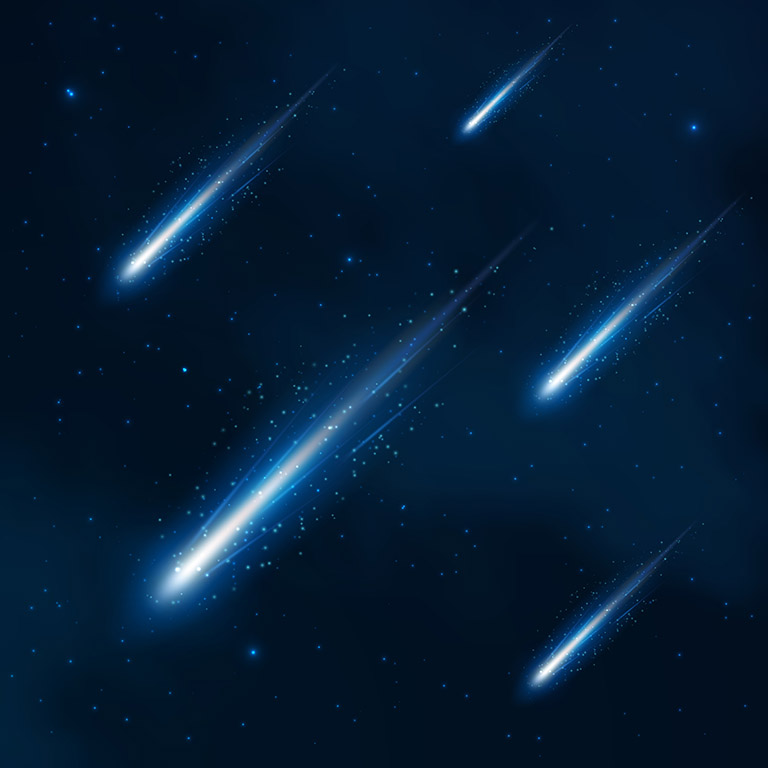BLOOMINGTON, Ind. -- The shorter nights of summer will still offer a variety of sights for skywatchers.
Mercury and Venus, the two innermost planets, will put on an evening show. Try to spot them soon after sunset in July.
Venus will set two hours after the sun, so it will be visible in the west well into the evening.
Nearby to the east will be much fainter Mars. On July 1, Regulus, the brightest star in the constellation Leo, will shine 5 degrees southeast of red-orange Mars. Both Mars and Venus will move eastward during the month, and by July 9, Mars will be less than a degree north of Regulus. Venus will stand 5 degrees west of the pair.
Mercury will be 11 degrees northwest of Venus on July 9, remaining up for an hour after sunset and offering a great opportunity for observation. Mercury will be 5 degrees north of Venus by July 25, easy to find in twilight before setting an hour after the sun.
Saturn will rise around 11:30 p.m. on July 1 and a couple of hours earlier at the end of the month. It will be well placed for observation in the southern sky a few hours after midnight in late July. Saturn's largest moon, Titan, will be north of the planet on July 6/7 and 22/23, and south on July 14/15 and 30/31.
Jupiter will rise at 2 a.m. on July 1 and just after local midnight on July 31. It will be about 35 degrees high in the east as dawn begins. A telescope will give great views of the planet's dark equatorial belts, and the Great Red Spot will appear occasionally. The stable air of early morning can offer outstanding views rarely provided by evening observations that follow the heat of the day.
Meteor shower
The Southern Delta Aquariid meteor shower will peak before dawn on July 30. In a dark sky observers may see as many as 25 meteors per hour at the peak, though some meteors will appear from mid-July to mid-August. The long bright streaks will seem to come from a point in the constellation Aquarius in the southern sky.
Aphelion
Earth will reach its greatest distance from the sun for the year, called aphelion, on July 6. Those sweltering in summer heat in the Northern Hemisphere may find it hard to believe they are about 3 percent farther from the sun than they were in January. But the actual cause of the high temperatures is the tilt of Earth's axis. The part of the planet tilted toward the sun (in this case the Northern Hemisphere) is much warmer than the part tilted away, because more sunlight reaches the ground instead of being absorbed by the atmosphere.
Moon phases
The moon will be full on July 3, at last quarter on July 9, new on July 17, and at first quarter on July 25.
Author: Hal Kibbey Email: hkibbey [at] gmail.com


 The College of Arts
The College of Arts